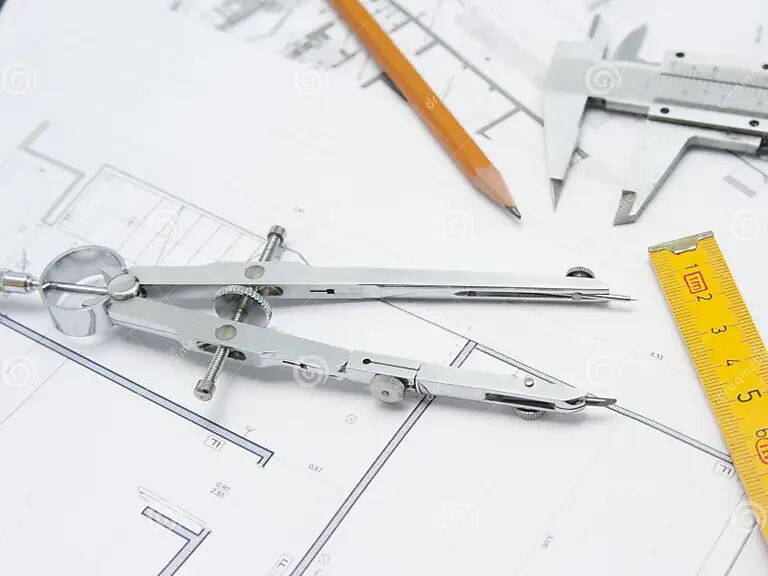Kunshan Guozheng Precision Mold Co.,Ltd
Add: No.396, Dujia Road, Zhoushi Town, Kunshan City
Email: sales91@sankyou.com.cn
Tel:+86 0512-3669 9852
Phone: +86 0512-3669 9852
Email: sales91@sankyou.com.cn
Website: www.kokusei.com.cn
Address:No.396, Dujia Road, Zhoushi Town, Kunshan City
ISO 2768 primarily applies to parts produced through machining or material removal. This standard should be followed for part sizes with no marked tolerance ranges. Please keep in mind that all tolerance limits are given in millimeters.

ISO 2768 is an International Standard created by the International Organization for Standardization (ISO), it is intended to simplify drawing specifications for mechanical tolerances. Its creation and implementation make design and production more convenient, and make cooperation between different companies easier and closer.
International Standard ISO 2768:1989 was prepared by Technical Committee ISO/TC 3, Limits, and fits, it comes in two parts, namely ISO 2768-1 and ISO 2768-2.
Part 1 – General Tolerances for linear and angular dimensions.
Part 2 – Geometrical tolerances for features.
ISO 2768-1 is intended to simplify drawing indications and specifies general tolerances in 4 tolerance classes (f – fine, m – medium, c – coarse, v – very coarse). It applies for the linear dimensions and angular dimensions such as external sizes, internal sizes, step sizes, diameters, radii, distances, external radii, and chamfer heights for broken edges.
If general tolerances in accordance with ISO 2768 shall apply, ISO 2768 followed by the tolerance class (Ex: ISO 2768-m) shall be indicated in or near the title block.
The following is the tolerance table corresponding to the 4 class precision levels, you can choose the most suitable one according to machining capabilities and your design requirements.